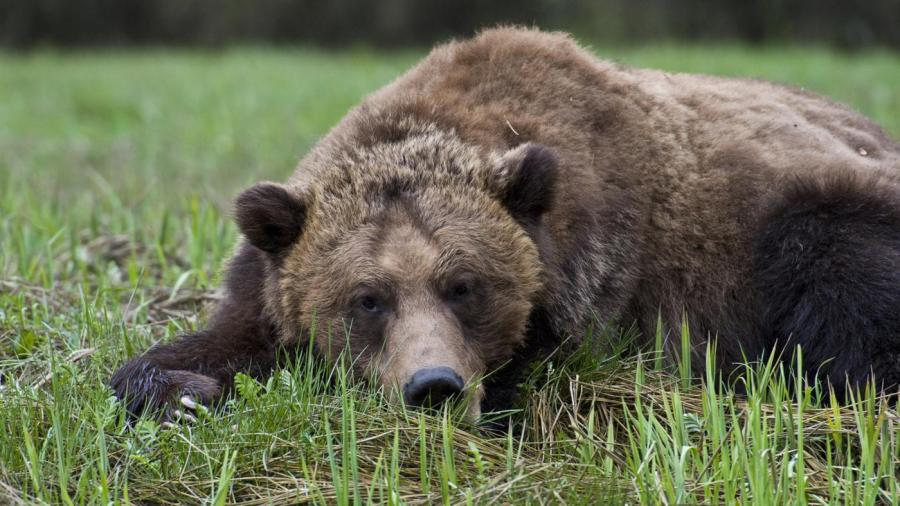What Are Examples of Omnivores?

Omnivores are organisms that eat foods from both animal and vegetable sources. Small insects, human beings, some small animals, birds and reptiles are all examples of omnivores.
Ants are omnivorous. They eat nectar produced by plants and seeds. When given a chance, they feast on a piece of meat dropped by a human or another insect they find dead on the ground.
Human beings and most other mammals are omnivores. Raccoons and bears eat fruits and berries, but they also catch fish and eat insects. Humans eat a wide variety of seeds, fruits, vegetables, eggs, dairy products and meats. They also consume mushrooms and algae.
Birds such as robins are omnivores. Their diet consists of worms, insects and berries. Chickens eat many of the same foods as robins, but they also consume corn and grains. The box turtle diet includes insects, fish, flowers, roots and berries.
Omnivores are more adaptable as their environment changes. The loss of a forest habitat endangers animals that depend on a specific type of tree or plant life for survival. However, raccoons easily adapt to urbanization, with human garbage cans providing them with a new source of food. Omnivores are the third tier of the food web. They are sometime scavengers and will eat whatever they can find.





